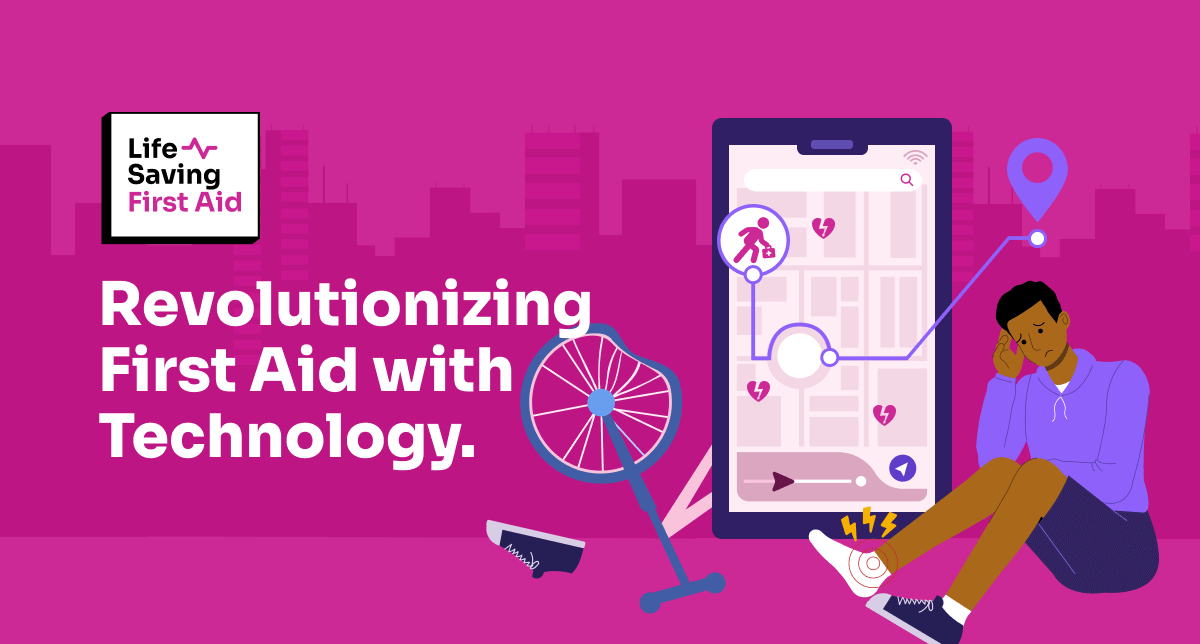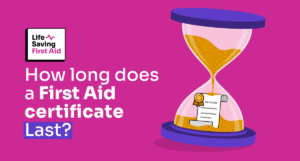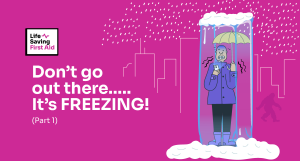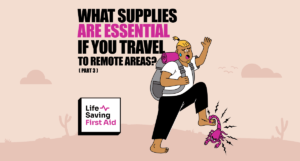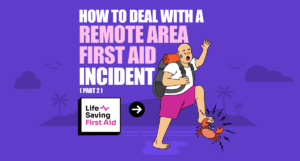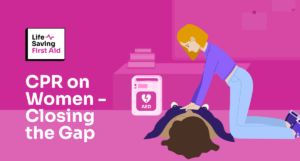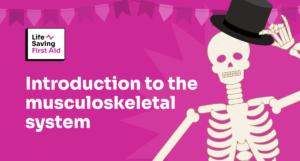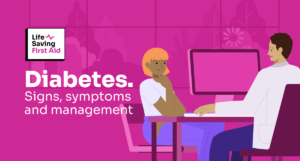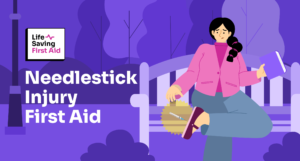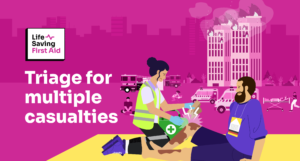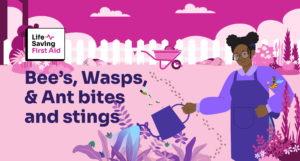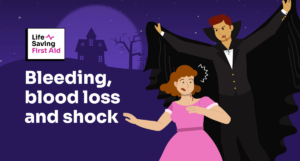Introduction to first aid apps and gadgets
Isn’t it wonderful how much technology and todays First Aid Apps and Gadgets have enhanced first-aid response? With developments in intelligent devices and specialised first aid apps, emergency response has become considerably more effective and efficient.
Gone are the days of depending exclusively on a first aid kit and hoping for the best. The use of technology has had a significant influence on saving lives and also provided greater peace of mind in emergencies.
Let’s take a deeper look at how technology has changed the field of first aid response.
Todays First Aid Apps and Gadgets for watches
Let’s begin with smart watches. These little lifesavers are like having your own personal paramedic on your wrist. Heart rate monitoring and fall detection are two features that might warn you of potential health concerns.
They may even summon help or relay your position to first responders in an emergency.
Manufacturers such as Samsung, Apple, and Garmin have transformed the wristwatch into a gadget with capabilities to assist you in an emergency.
The Apple Series 6 wristwatch with first-aid app functions exemplifies exceptional technology. Its Fall Detection feature detects serious falls and automatically sends an emergency alert if the user is unresponsive, ensuring prompt delivery of first-aid during an accident.
In Australia, the Apple Watch app directs emergency notifications to the appropriate authorities such as ambulance, fire, or police depending on the situation. Through GPS and Wi-Fi connectivity, the watch transmits location information and an emergency alarm, enabling emergency workers to respond quickly.
Smartphone Apps and gadgets
Smartphones have advanced and, as a result, apps have been developed for first aid and emergencies. With a few clicks and swipes, you can access first-aid applications that can help you through any situation. These apps function as a virtual first aid responder in your phone, ready to help when you need it most.
They can help with anything from CPR instructions to symptom checklists. Not to mention the plethora of online videos and articles that offer valuable insights and recommendations. In a world where accidents are rampant, having access to this technology should make us all feel safer.
Below are some examples of helpful emergency apps.
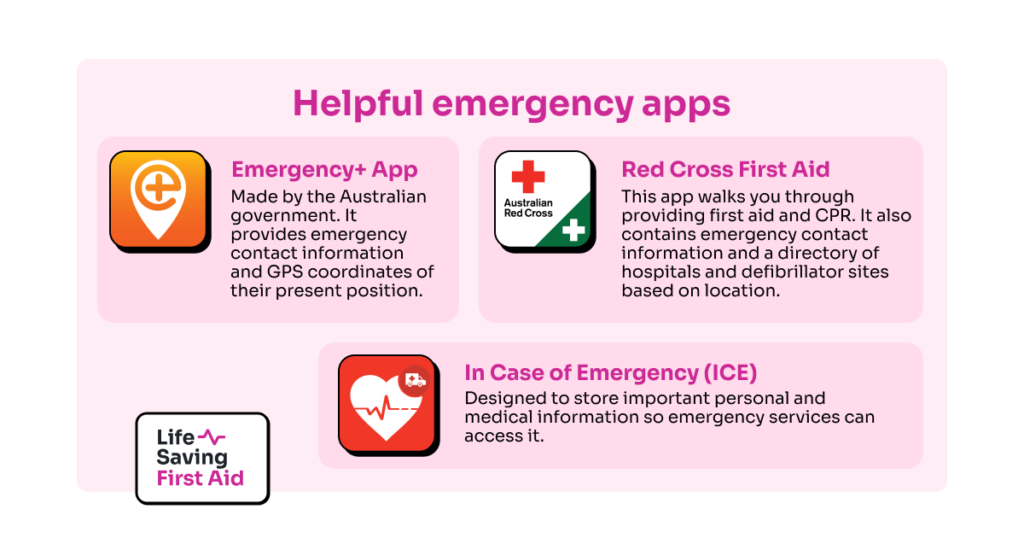
Emergency+ App – The Australian government created this app. It provides emergency contact information and GPS coordinates of their present position. enable emergency responders to locate them more quickly.
Red Cross First Aid App – This app walks you through providing first aid and CPR. It also contains emergency contact information and a directory of hospitals and defibrillator sites based on location.
In Case of Emergency (ICE) – Designed to store important personal and medical information so emergency services can access it.
One of Todays First Aid Apps and Gadgets that deserves its own section is GoodSAM.
GoodSAM
A free, global smartphone app that notifies a registered responder of a person in cardiac arrest in their vicinity.
GoodSAM is also linked to the Triple Zero (000) communications centre.
This is how GoodSAM works:
- A Triple Zero (000) call starts an alarm and notifies a registered GoodSAM Responder.
- The responder is informed of the patient’s position and location of the nearest accessible defibrillator (AED).
- The nearest available ambulance is dispatched to the patient. In some areas of Victoria, the fire service is also requested.
- The GoodSAM Responder can provide CPR and, if available, use a defibrillator until the arrival of emergency services.
This increases the patient’s chances of survival. It’s a great example of todays first aid apps and gadgets.
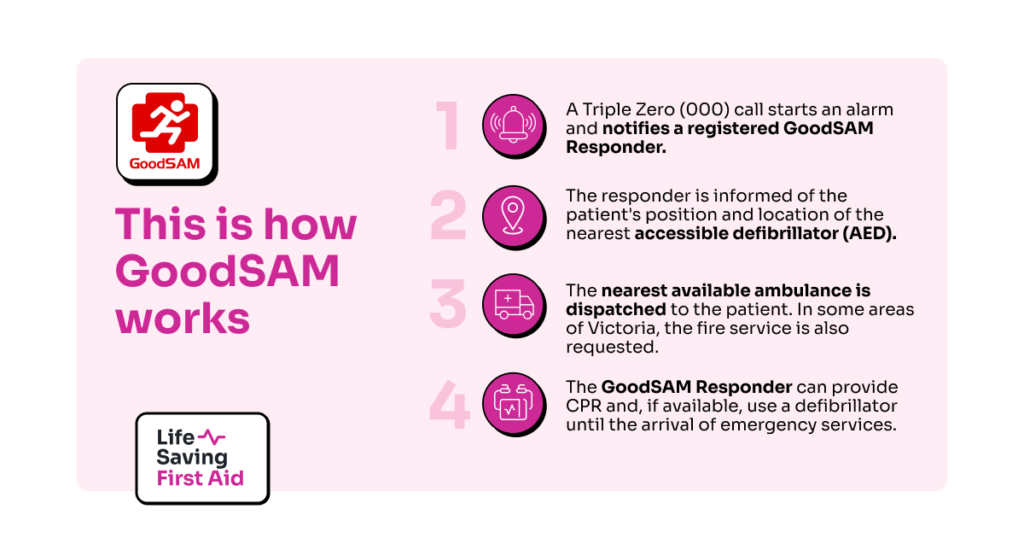
Another fantastic gadget is and AED – Automatic External Defibrillator.
Automated External Defibrillators (AEDs) in First Aid
Portable defibrillators became a reality in the 1960s, however, it would be years before such devices were made available to the general public. There were concerns about entrusting untrained people with equipment emitting hundreds of volts of electrical shock to the heart.
An AED, or Automated External Defibrillator, is helpful in emergencies. It can analyse the heart beat of the casualty.
If it detects an abnormal heart rhythm such as:
- Fibrillation – where the heart is quivering and therefore not pumping any blood around the body
- Tachycardia – where the heart is beating extremely fast and can lead to fibrillation
If the AED detects one of these it gives the heart a regulated electrical shock to restore its natural beat.
This gadget is simple to operate, even for persons with no medical background.
Place the pads on the chest, turn on the machine, and follow the voice prompts or on-screen instructions. The device will walk you through the procedure, making it simple and manageable.
Having an AED on hand can give peace of mind in emergencies by providing the possibility to save a life.
If you have never used an AED, you should become acquainted with them. It may come in handy. Look for our first-aid training in your area. Attend a training course for a simple lesson that could help you save a life.
The Importance of Oximeters in First Aid
First Aid Apps and Gadgets include Oximeters. In an emergency, these small devices can swiftly detect the oxygen saturation levels in a person’s blood. Critical information for first responders.
With only a fast clip onto a finger, an oximeter provides healthcare professionals with the knowledge to make decisions. Decisions that might mean the difference between life and death .
Consider the ability to detect harmful drops in oxygen levels before they become life-threatening. It’s like having a guardian angel in your pocket, constantly keeping an eye on you and your loved ones. And, as technology advances, oximeters become ever smaller and more user-friendly, making them available to anybody who requires them.
Conclusion
The use of technology in modern first aid has genuinely changed the discipline, significantly influencing emergency response and patient outcomes.
Smart devices and specialised emergency response applications have made it simpler to deliver the appropriate aid. This could be phoning for assistance or locating the nearest AED.
Medical practitioners are now better able to diagnose and treat patients in real-time. Thanks to the introduction of modern medical equipment, they can give them the correct treatment at the right moment.
This means that where access to medical treatment may be restricted, response times and survival rates have improved significantly. Isolated or rural locations for example.
Todays First Aid Apps and Gadgets that incorporate the latest technology in first aid have been game changers, providing patients with better, more effective care while saving many lives.
What will tomorrow bring?
Until next time this is trainer Nick. Be safe.
